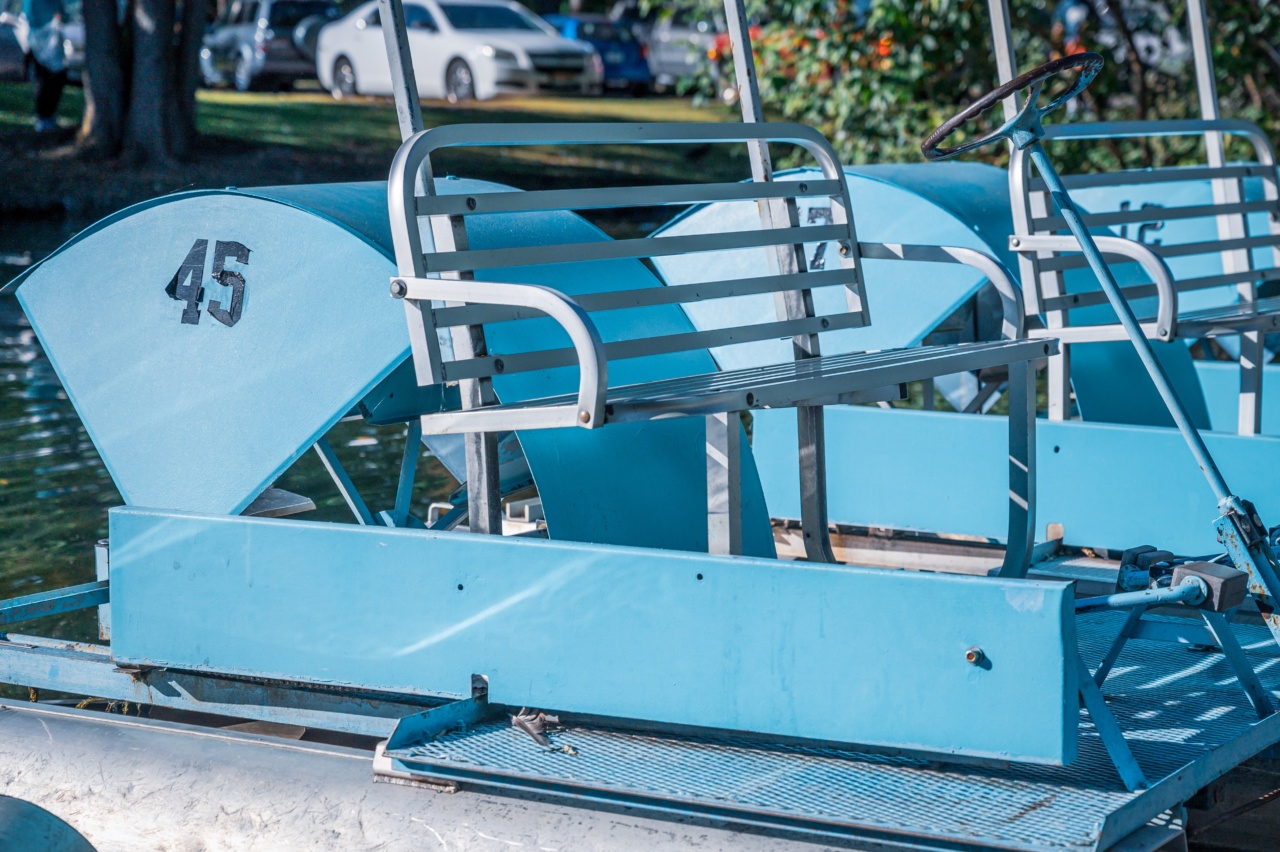Measuring the number of trees in your neighborhood can be a fascinating and worthwhile activity.
Trees not only beautify our streets and parks but also provide numerous benefits, such as improving air quality, helping reduce noise levels, and providing shade. In this article, we will discuss how to measure the number of trees in your neighborhood.
Step 1: Determine the Area to be Counted
The first step is to decide on the area that you want to count trees. This could be your street, a park, or any other area that you want to calculate how many trees are present.
It is best to pick a specific boundary or area to ensure that you are not duplicating the count of any trees.
Step 2: Determine the Density of Trees
The next step is to determine the density of trees in the area you have identified. You can do this in a few ways. First, if you have access to a map of the area, you can count the number of trees you see on the map, and then calculate their density.
Second, you can do a visual survey of the area, either on foot or using a drone or satellite imagery. Count the number of trees you see, and calculate the density based on the total area of the plot or place you are counting.
Step 3: Calculate the Number of Trees
Once you have determined the density of trees in the area, you can quickly calculate the number of trees.
For example, if you determined that there are 20 trees per acre, and the area you want to count is three acres, the total number of trees in that area would be 60 trees.
Step 4: Consider Other Factors
When counting the number of trees in your neighborhood, there are other factors to consider besides density. For example, you may want to note whether the trees are of the same species or diverse.
You may also want to check the health of the trees, how tall they are, and how much shade they provide. These factors can help to determine the overall health of the environment and the ecosystem in your neighborhood.
Step 5: Record and Analyze Your Data
After you have measured the number of trees in your neighborhood, it’s essential to record and analyze your data. You can use a spreadsheet, database, or other data management tools to keep track of your observations.
You can also compare your data over time to see if there have been any changes in the number or density of trees in your area.
Step 6: Share Your Findings
Sharing your findings can help encourage others to take an interest in the environment and the ecosystem in your neighborhood. You can share your data with local conservation groups, city councils, and other community organizations.
You may also want to share your findings on social media or create a website or blog to help raise awareness of your findings and encourage others to follow suit.
Conclusion
Measuring the number of trees in your neighborhood can be an enjoyable and rewarding activity, helping to raise awareness of the environment and the ecosystem in your locality.
By following these simple steps, you can accurately measure the number of trees in your neighborhood and learn more about the importance of trees in our communities and the environment.































